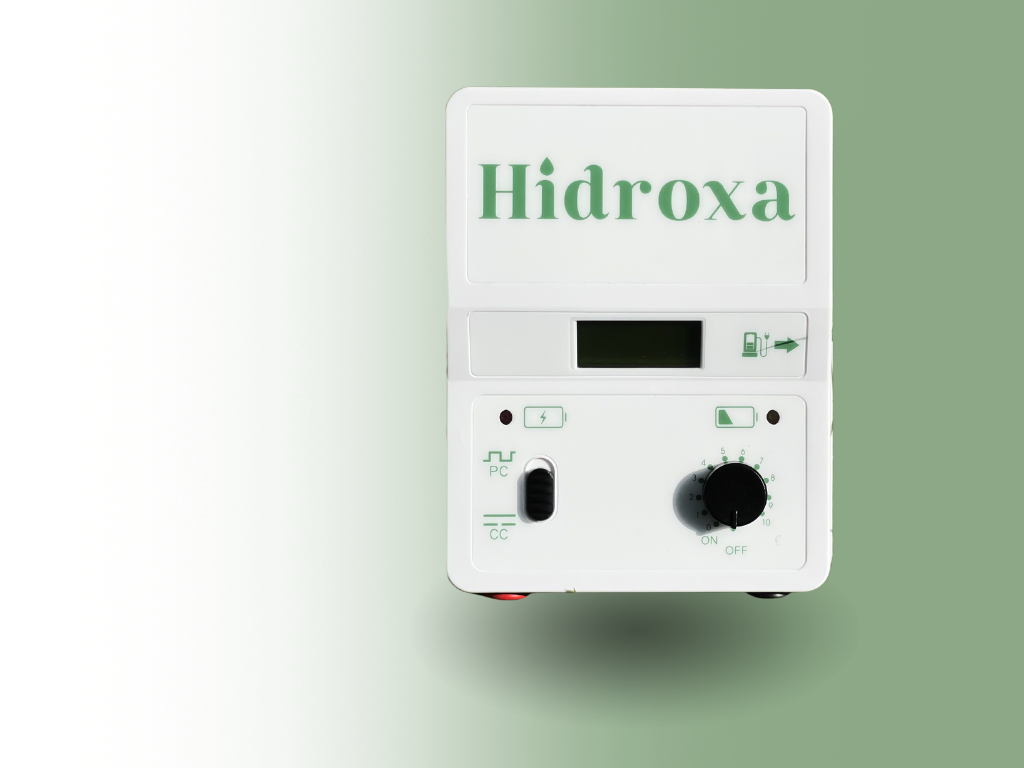Iontophoresis side effects: Understanding the benefits and risks
Dealing with excessive sweating, also known as hyperhidrosis, can be challenging and affect your confidence. Fortunately, there are various treatment options available, including iontophoresis. Iontophoresis is a commonly used treatment method in physical therapy, primarily aimed at managing conditions like palmoplantar hyperhidrosis, or excessive sweating of the hands and feet.
Iontophoresis is a safe and effective procedure often used in physical therapy to reduce sweating. By passing a mild electric current through the skin, iontophoresis can help manage excessive sweating in areas like the hands and feet.
In this article, we will delve into the topic of iontophoresis side effects, explore the treatment's effectiveness according to clinical studies, discuss the associated risks, and answer frequently asked questions. Whether you are a patient considering this therapy or a healthcare professional seeking comprehensive information, this article aims to provide clarity and help you make informed decisions.
Iontophoresis: An effective treatment option
Iontophoresis has gained significant recognition as an effective treatment for conditions like palmoplantar hyperhidrosis. Clinical studies have consistently shown positive outcomes, proving its efficacy in reducing sweating and improving the quality of life for patients.
During iontophoresis sessions, a mild electrical current is applied to the targeted area, commonly the hands or feet. This current directs charged particles through the skin to target the sweat glands. The precise mechanism behind its effectiveness is not fully understood, but it is believed to temporarily block the sweat glands, reducing sweat production. It is important to note that iontophoresis provides temporary relief, requiring regular sessions to maintain reduced sweating levels.
Iontophoresis is regarded as a safe procedure with minimal side effects, making it popular among patients who prefer non-invasive treatment options. However, like any medical procedure, it's important to be aware of potential risks and complications that may arise.

Common side effects
When performed correctly, iontophoresis is generally well-tolerated, and the side effects are usually mild and temporary. Many patients experience a slight tingling sensation during the treatment, which is considered normal. In some cases, the sensation may be more intense, but it rarely causes significant discomfort.
The most common side effect associated with iontophoresis is a slight tingling sensation during the treatment. This sensation is generally mild and well-tolerated. Some individuals may experience a temporary redness or irritation of the skin, but these reactions are usually mild and resolve quickly. In rare instances, people with sensitive skin may develop blisters or skin peeling, but these side effects are extremely uncommon.
Addressing concerns
If side effects arise, most are not severe enough to warrant discontinuation. Proper precautions, such as covering open cuts and starting with a low voltage, can minimize discomfort. In cases of redness or skin irritation, the use of mild steroid cream and moisturizer is recommended.
Exploring alternatives
For cases where iontophoresis proves ineffective, alternative treatments may include combining tablets (Oxybutynin or Glycopyrrulate) with iontophoresis, adding sodium bicarbonate to the mix, or using antiperspirants in conjunction with iontophoresis.
Additionally, it's worth noting that iontophoresis is a safe procedure for most individuals. However, certain precautions need to be taken to minimize potential risks.
It's important to note that individuals with certain medical conditions or circumstances may be more susceptible to side effects. For example, individuals with metal implants or pacemakers should exercise caution as the electrical current used in iontophoresis may interfere with these devices. If you have any such medical implants or devices, it's crucial to consult your healthcare provider before undergoing iontophoresis.
In addition, pregnant women should also consult their healthcare provider before using iontophoresis as its effects during pregnancy have not been extensively studied. Although there is no concrete evidence of harm, it is prudent to seek professional advice to ensure the well-being of both the mother and the baby.
Treatment duration and maintenance
The success of iontophoresis treatment depends on several factors, including the frequency and consistency of sessions. Initially, patients may require multiple sessions per week, but as the treatment progresses and symptoms improve, the number of sessions can be gradually reduced. Often daily treatments of about 20 minutes are needed to achieve the desired results.
Once the desired results are achieved, maintenance treatments can help sustain the benefits over the long term. These maintenance sessions usually occur twice per week to once in every four weeks in rare cases, depending on the individual's needs and response to treatment.
It's important to follow a maintenance schedule to prevent relapse and ensure optimal results. Communicating with your healthcare provider and discussing any concerns or changes in your condition will help determine the best maintenance plan for you.
Anti sweat machine
Our Hidroxa SE 20 iontophoresis machine is easy to use and clinically tested for treating excessive sweating of palms, feet, face, and armpits.
Iontophoresis is a scientifically proven method that works for approximately 95% of our customers. You can reach its full effect with 12 treatments.

Treatment options: From clinic sessions to home-use devices
Iontophoresis treatment options can vary depending on the individual's preference and circumstances. While in-clinic sessions remain a popular choice, home-use iontophoresis devices are also available. These devices are specifically designed for individuals who wish to continue treatments in the comfort of their own homes. However, it is crucial to consult with your healthcare provider before starting home treatments to ensure proper usage and avoid any potential risks.
It's also important to consider the financial aspect of iontophoresis treatment. While some health insurance plans may cover the cost, it is crucial to check with your insurance provider to understand the coverage and reimbursement options for this type of treatment. Additionally, discuss the potential costs with your healthcare provider to ensure the treatment fits within your budget.
Frequently asked questions
Iontophoresis is generally considered safe; however, like any medical treatment, it does have some risks. These risks primarily include skin irritation, redness, and dryness, which are usually mild and temporary. Consult your healthcare provider before undergoing iontophoresis to understand the potential risks based on your specific circumstances.
No, iontophoresis does not typically damage nerves. It primarily acts on the sweat glands and does not pose a significant risk to nerves when performed correctly.
While there is no guaranteed natural cure for hyperhidrosis, certain lifestyle changes such as avoiding triggers like spicy foods or caffeine, using antiperspirants, and practicing stress-reducing techniques may help reduce symptoms. It's important to consult with your healthcare provider to determine the best course of action for your specific condition.
Individuals with metal implants or pacemakers, pregnant women, and those with certain medical conditions should exercise caution or avoid iontophoresis altogether. It is essential to consult with your healthcare provider before starting treatment to determine its suitability based on your medical history.
Following an iontophoresis session, it's advisable to avoid washing treated areas with soap or irritants for several hours. Keeping the skin clean and moisturized while avoiding excessive physical activity immediately after treatment can assist in achieving the desired results.
No, iontophoresis does not directly affect the heart. The low-level electrical current used in this treatment is targeted at specific areas of the body and primarily acts on the sweat glands.
The success rate of iontophoresis varies among individuals, but clinical studies have shown positive outcomes in managing excessive sweating for a significant number of patients. It is regarded as an effective treatment option, although results may vary.
Yes, iontophoresis devices used for treating hyperhidrosis have been approved by the U.S. Food and Drug Administration (FDA). This approval confirms the safety and effectiveness of these devices for their intended use.
Summary
In a nutshell, iontophoresis is an effective and safe treatment option for individuals with palmoplantar hyperhidrosis. While the procedure has proven to be beneficial, it's essential to consider potential side effects and take necessary precautions. By consulting with your healthcare provider and discussing individual circumstances, you can ensure the best outcome and enjoy a better quality of life with successful iontophoresis treatment.